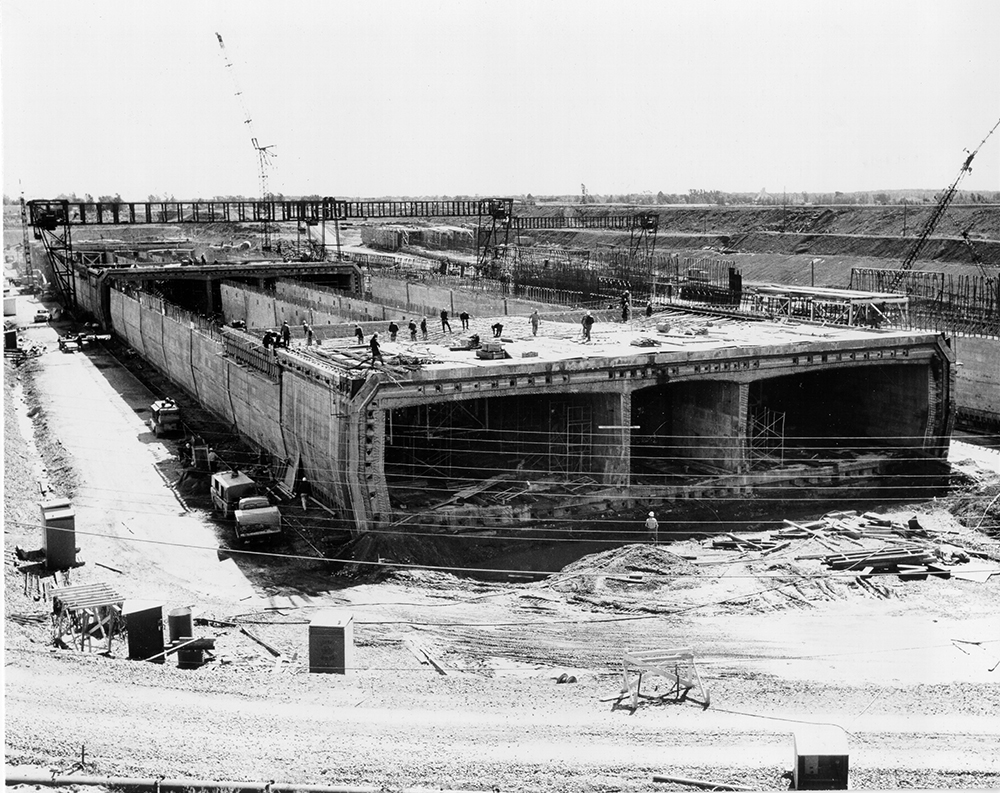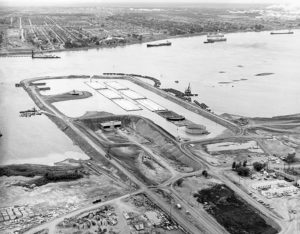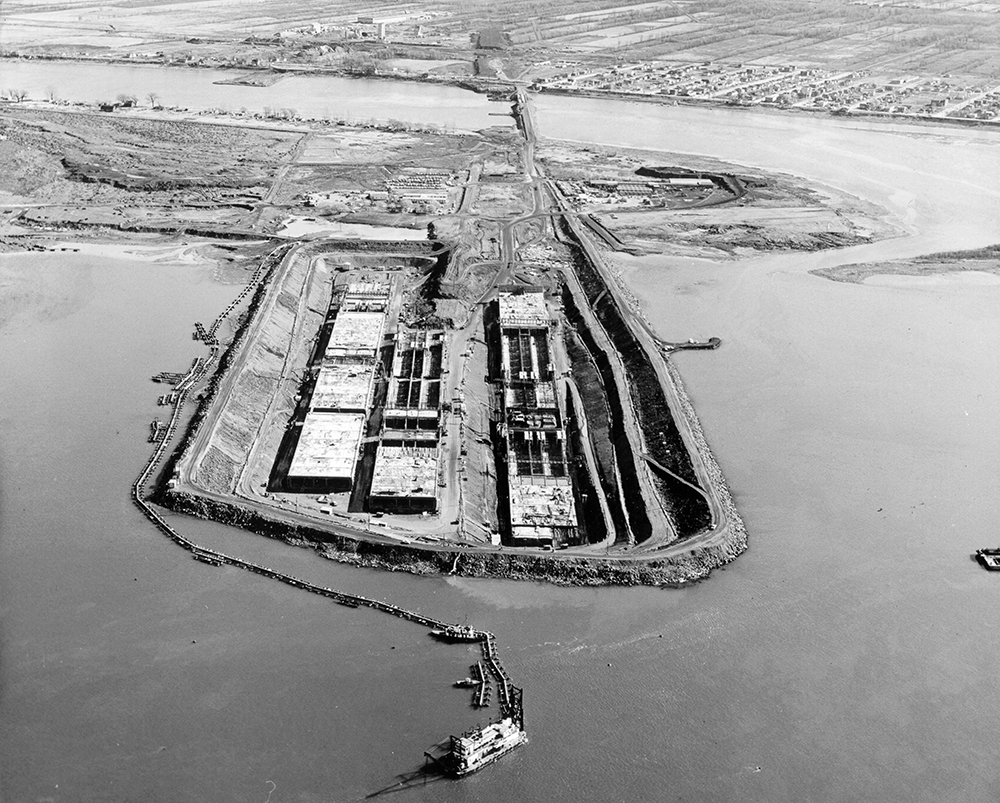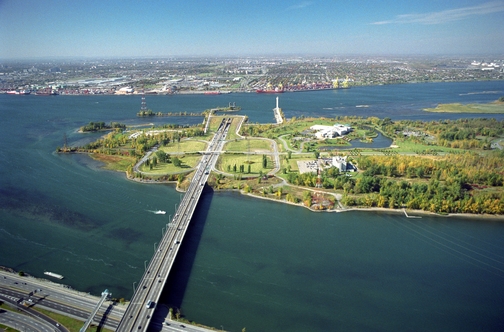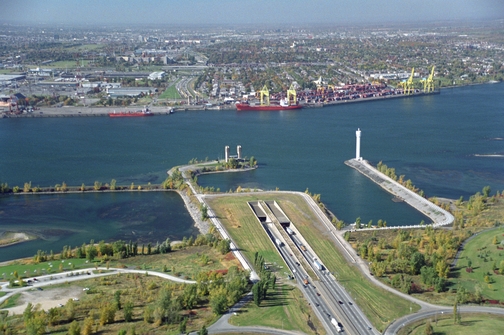Every day, 120,000 vehicles use the Louis-Hippolyte–La Fontaine bridge-tunnel, which is occasionally closed for repairs or servicing.
Opened on March 11, 1967, the bridge-tunnel is now 42 years old and the repair and servicing work is necessary if it is going to continue to hold the record for… the longest underwater tunnel in Canada!
The Louis-Hippolyte–La Fontaine Bridge-Tunnel is part of the Trans-Canada Highway, which the federal government decided to build at the end of the 1940s. But to cross the Saint Lawrence from Montreal, there was some difficulty in choosing between building a new bridge or a tunnel under the river, which no one had ever done at that time.


